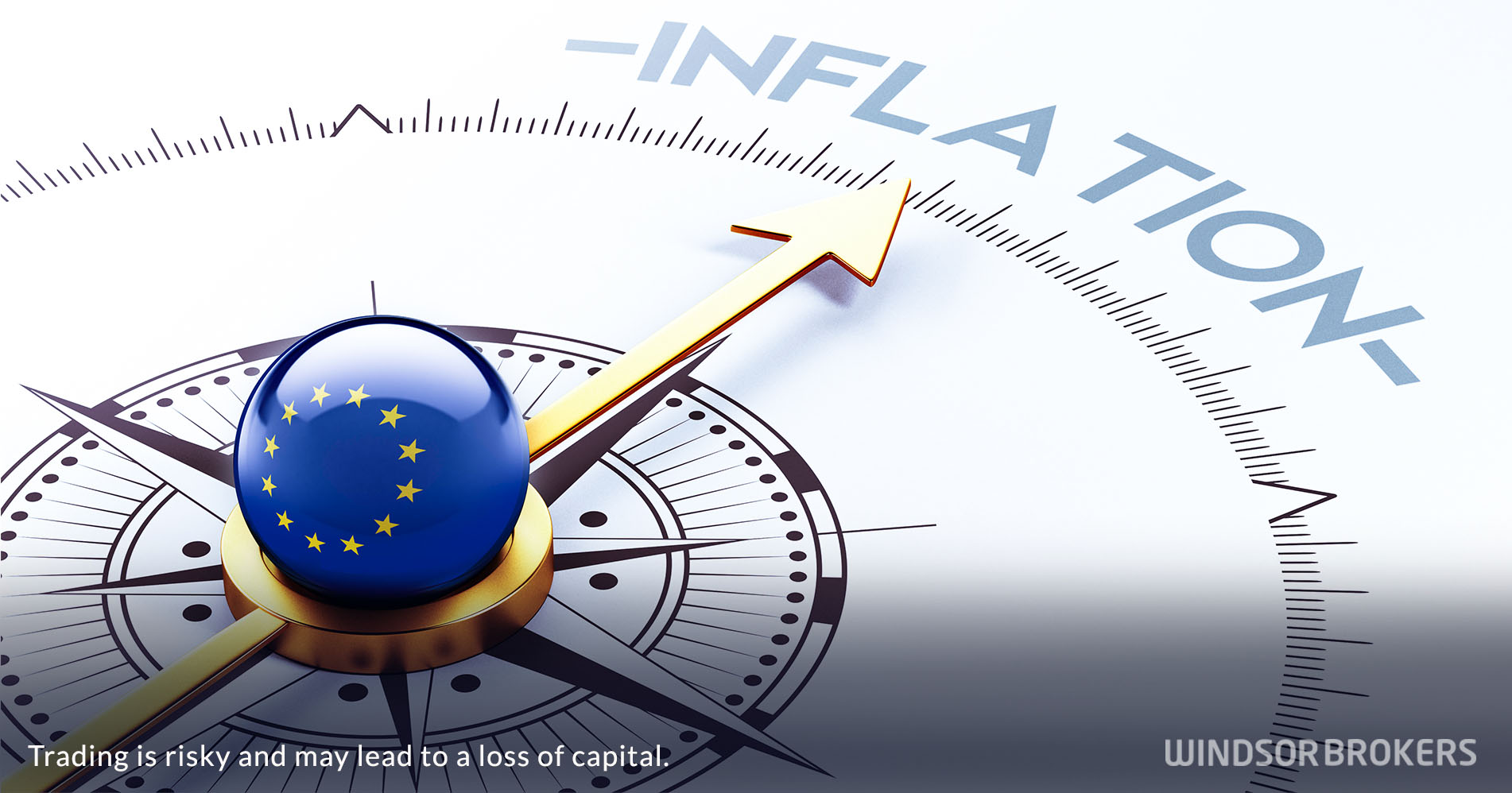Eurozone inflation drops more than expected in November
Eurozone inflation experienced a more significant decline than expected, falling from 2.9% in October to 2.4% in November. This drop was below the anticipated 2.7%, with almost all items contributing to the decline, except for unprocessed food prices.
Core inflation, excluding volatile food and energy components, also fell more than forecasted, declining to 3.6% in November from 4.2% previous month, with a notable decrease in services prices.
The European Central Bank maintains that underlying dynamics suggest inflation will rise above 3% next year and will reach the central bank’s 2% target by late 2025. The ECB plans to keep its deposit rate at a record-high 4% for an extended period.
On the other hand, investors are diverging from the ECB’s guidance, pricing in a combined 115 basis points of cuts within the next year. The market is fully pricing in a rate cut by April, contrary to the ECB’s explicit guidance for steady rates for several quarters.
Despite an economic contraction, recent data indicates that unemployment in the Eurozone is holding at a record-low of 6.5%, pointing to tight labor market and contributing to the ECB’s argument for maintaining rates.
Some economists suggest that modeling current inflation is challenging due to the unique factors at play, such as profit-led inflation driven by corporate profits rather than wages. This rarity makes it difficult for mathematical models to accurately forecast the pace of inflation slowdown.
In summary, there is a disconnect between the ECB’s narrative of persistent inflation and investors’ expectations of rate cuts. The divergence is attributed to differing views on economic conditions, the ECB’s track record, and challenges in modeling inflation under current circumstances.


